Experts explain why your bed base affects how your mattress feels – and what to do about it
Opting for a divan bed or a bedstead can significantly affect how your mattress feels. We explain why and how to choose the right bed frame for you
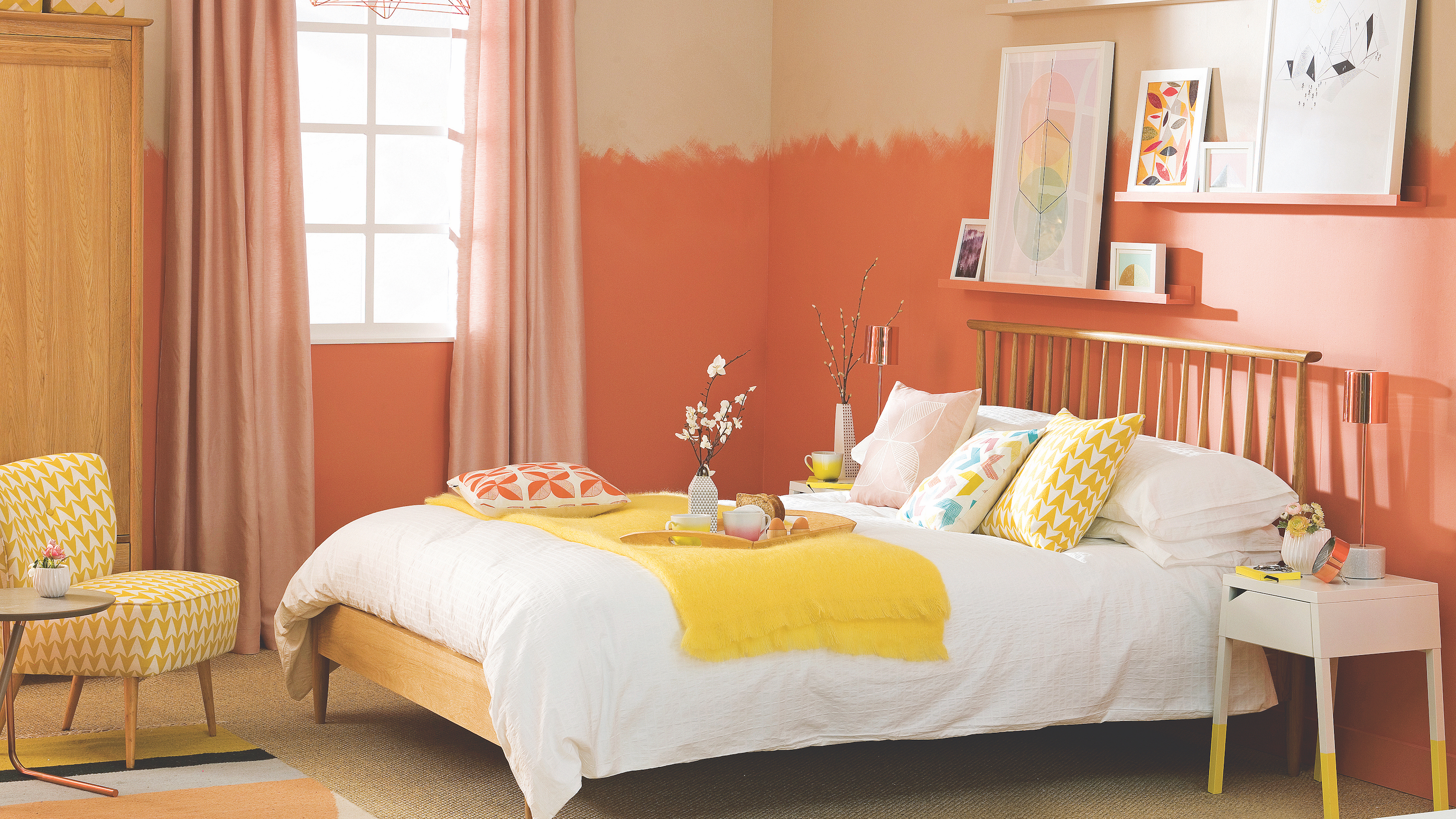

If you’re looking for the perfect bedroom setup, you've probably considered how comfortable your mattress is. You've no doubt also considered what your bed frame looks like. But did you know your bed frame can have a huge impact on what your mattress feels like too?
This means that you can search high and low for the best mattress, but if you don’t have a suitable bed frame for it, you won’t be getting the best out of your sleep setup.
As an expert sleep product reviewer and writer with almost four years of experience reviewing mattresses, I’ve got insider intel to share with you. As well as that, I’ve checked in with some industry experts to find out what they advise on the bed base and mattress debate.
Does your bed base affect how a mattress feels?
To quickly answer the question: yes, a bed base hugely impacts what a mattress feels like to lie on. Different styles of bed bases are going to have different tensions and therefore affect how firm or soft the mattress feels to sleep on top of.
That means that bed comfort isn't all down to choosing between a pocket spring, open coil, memory foam or hybrid mattress. It's not even solved by choosing the right mattress size for a good night's sleep or finding a mattress that offers the right levels of motion isolation or edge support. There's another factor to add to the sleep equation too.
But don't worry. I've enlisted several bed experts to help me break down the main types of bed frames and how they will affect the feel of a mattress below.
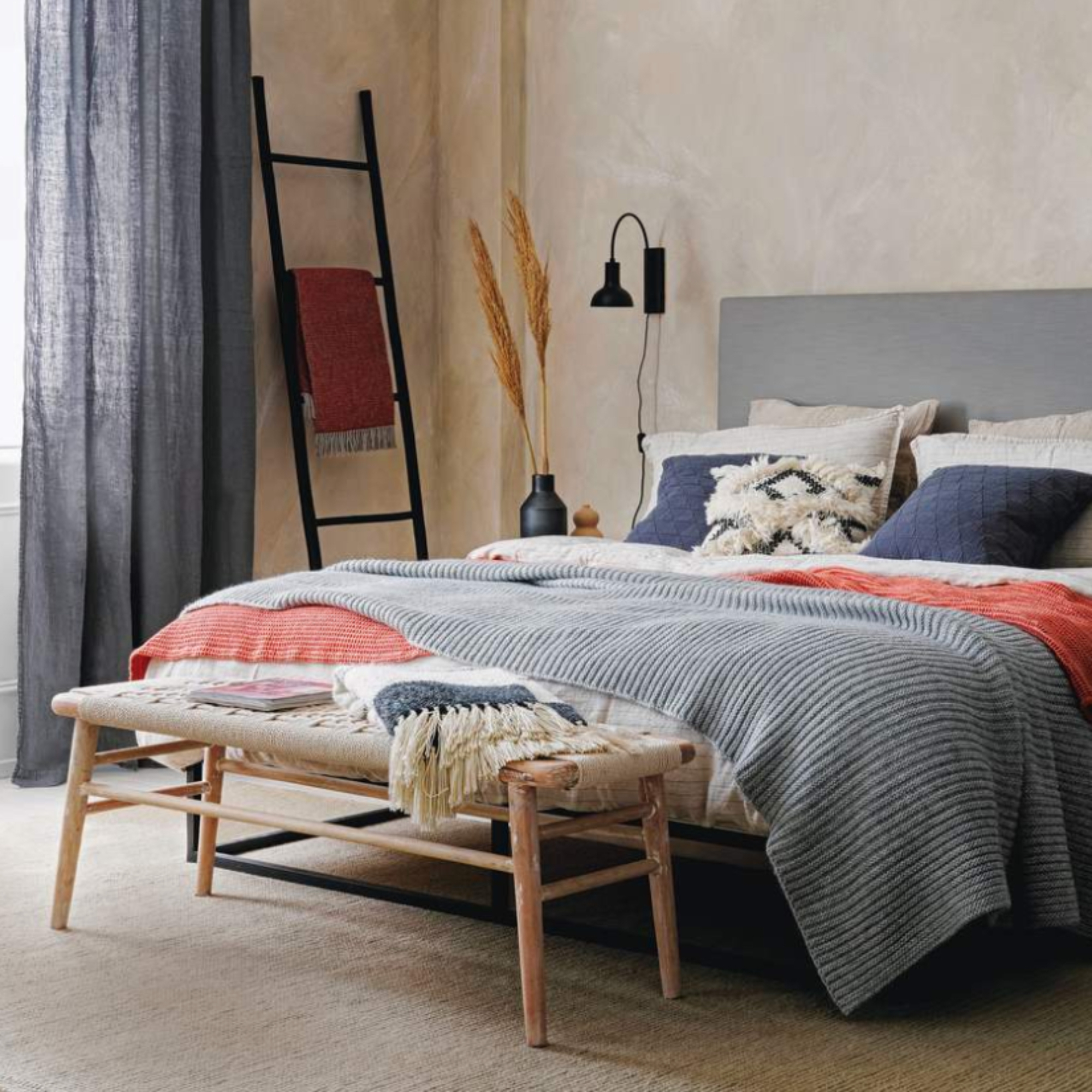
Types of bed
There are two main types of bed frame, and each type has variations that will give your bed a different feel.
‘Solid or platform top divans tend to be firmer because the top panel is often just hardboard', sums up Philippa Warford, Marketing and Communications Manager at the National Bed Federation. ‘Sprung edge divans absorb movement due to the complete open coil or pocket spring unit mounted on the bed frame. A rigid slatted base will give a bed a firmer feel than flexible slats and will affect the durability of the mattress'.
Let's break those bed frame types down a little further.
Divan beds
What defines a divan bed is a wooden frame that’s covered in fabric, on top of which sits your mattress. You can attach a headboard to these. There are a few different types of divan beds though. Let’s get into it.
Platform-top divan beds
Platform-top divan bed bases are solid at the top. Owing to the fact they’re solid, they will give a firmer overall feel to your mattress.
‘Solid/platform top divans have a rigid, non-sprung top panel, often made from hardboard,’ says Philippa from the National Bed Federation. ‘Beds with these bases are generally firmer, as well as cheaper than beds with sprung bases.’
Sprung-top divan beds
As the name might suggest, these divan beds have springs in the base. This gives gentler support, but they are more expensive.
‘The most expensive divans will contain a sprung surface layer, which will help distribute the weight of the mattress and the sleepers, creating a more luxurious feel,’ says Chris Tattersall, sleep expert and Managing Director at Woolroom.
Sprung-top divan beds can be further broken down into two specific types:
- Sprung-edge divan beds: ‘Sprung edge is the most luxurious option and feature a complete open coil or pocket spring unit mounted on a frame, which acts like a giant shock absorber, increasing the mattress’s durability,’ explains Philippa from the National Bed Federation.
- Firm-edge divan beds: ‘Firm edge divan beds generally feature a smaller number of larger, heavy duty springs within a rigid, wooden sided frame,’ says Philippa.
How does a divan bed feel?
As I’ve alluded to above, the type of divan base you choose will have a big impact on how firm or soft your mattress feels, and can ultimately play into how to sleep better. A sprung-base divan is going to make your mattress feel softer, whereas a solid platform-base divan will give a firmer tension.
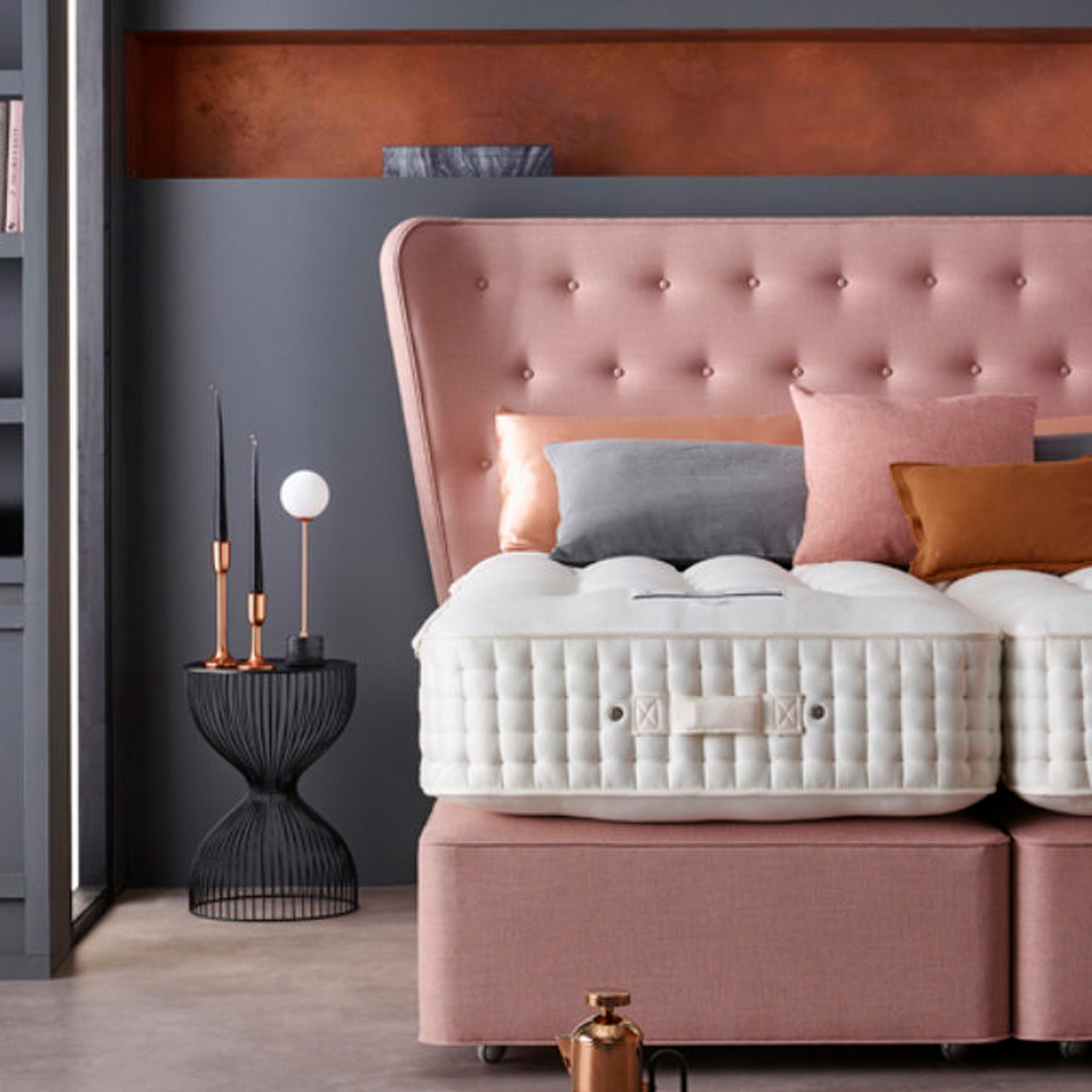
Bedsteads
Next up, there are bedsteads. A bedstead usually consists of a headboard and footboard and a frame onto which slats are placed to support your mattress.
‘Bedsteads come in a vast array of styles from traditional classics to more modern designs and are available in wood, metal, plastics, upholstered or any combination of these’, says Philippa from the National Bed Federation.
'Slatted bases are mostly used with bedsteads' Philippa continues, and there are two different types of slatted bases:
- Sprung slatted bed base: Sprung slatted bed bases are more expensive, but can offer more flexible support. ‘Flexible slats are made from laminated wood and are mounted in a frame, using plastic slat holders. They create a modest level of springiness from their bowed shape,’ says Philippa from the National Bed Federation.
- Solid slatted bed base: These are simpler bed bases, where the slats are straight and rigid and sit directly on the bed frame rather than mounted in plastic. ‘These are normally made of pine or cheaper timber,’ says Chris from Woolroom. Solid slats give a mattress a firmer feel.
How does a slatted bed base feel?
Overall, slatted bed bases tend to make your mattress feel firmer. However, there’s variation depending on the type of slats you go for.
‘Rigid slats will give a bed a firmer feel, but they will affect the durability of the mattress. Rigid slats have no give and work against the mattress, leaving it to do all the work. Flexible slats work with the mattress and will prolong its life and improve comfort levels,’ advises Philippa from the National Bed Federation.
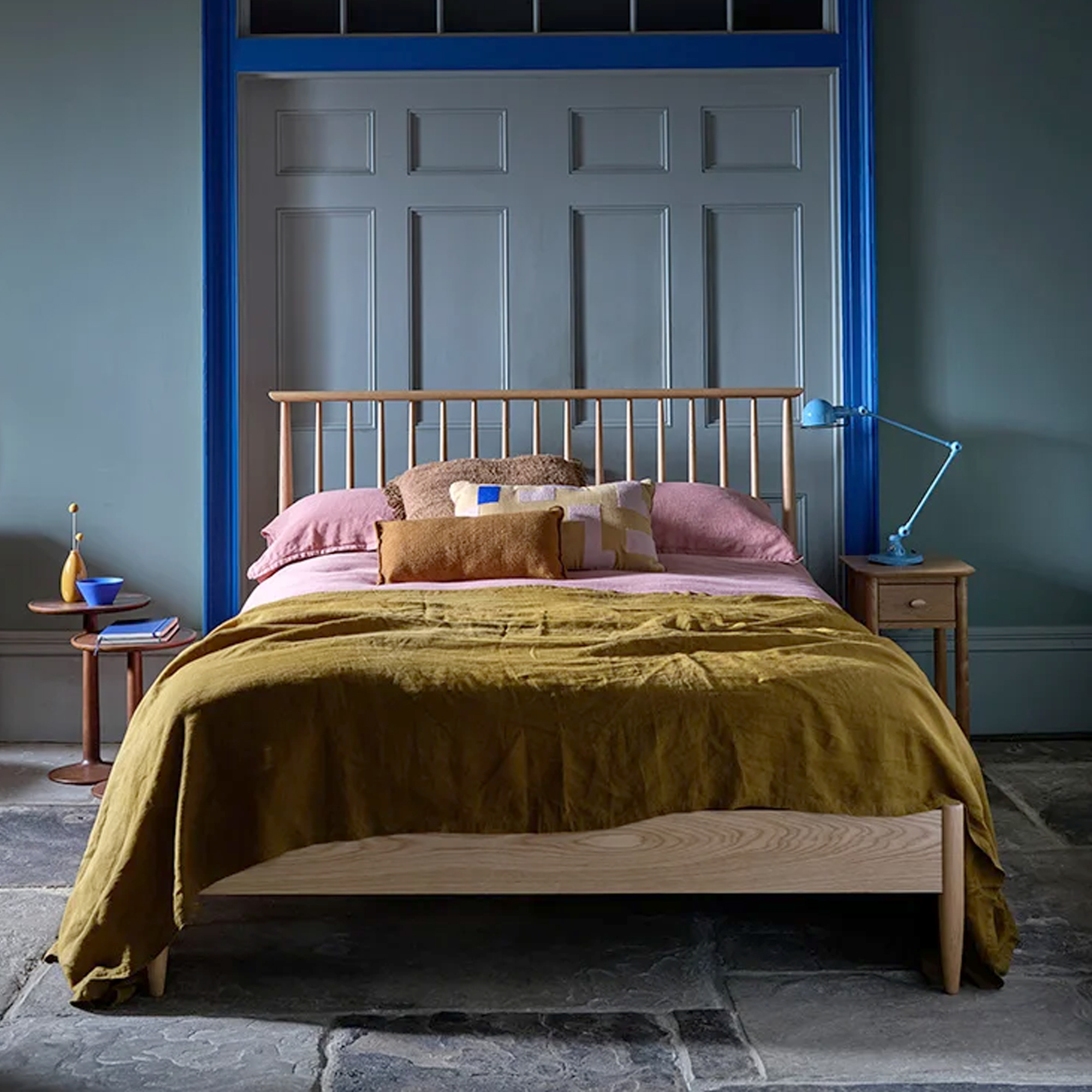
How to choose a bed base
In summation, I think it's clear that the bed frame you choose can definitely affect how a mattress feels. So what's the best way to factor this into your sleep setup?
'Whether you're debating where to buy a bed or which mattress to buy, it's important to be aware that the bed frame you choose can significantly impact how a mattress feels' advises Ideal Home's Sleep Editor, Amy Lockwood.
'This is especially important to consider if you're testing out mattresses in-store, because how a mattress feels in a showroom might be completely different from how it feels at home if your bed base is a different type. Therefore it's just as important to look what's under the mattress as it is to test out the mattress' comfort'.
'If you're not planning to replace your bedframe at the same time as buying a new mattress then I'd always recommend looking for a mattress with a sleep trial. A sleep trial allows you to test out a mattress in your own home for anywhere between 30 and 365 nights. This is the best way of assessing whether you've chosen a mattress that feels comfortable for you in combination with your bedframe'.
And if you are looking to replace your bedframe, here are some of the Ideal Home team's suggestions for where to shop.
- Bensons for Beds: wide range of bed styles
- Dreams: divans and bedsteads
- Feather & Black: bedsteads, divans, and ottomans
- Furniture Village: bedsteads and divan bed bases
- Happy Beds: wide selection of bed frames
- John Lewis: bedsteads, divans, and storage beds
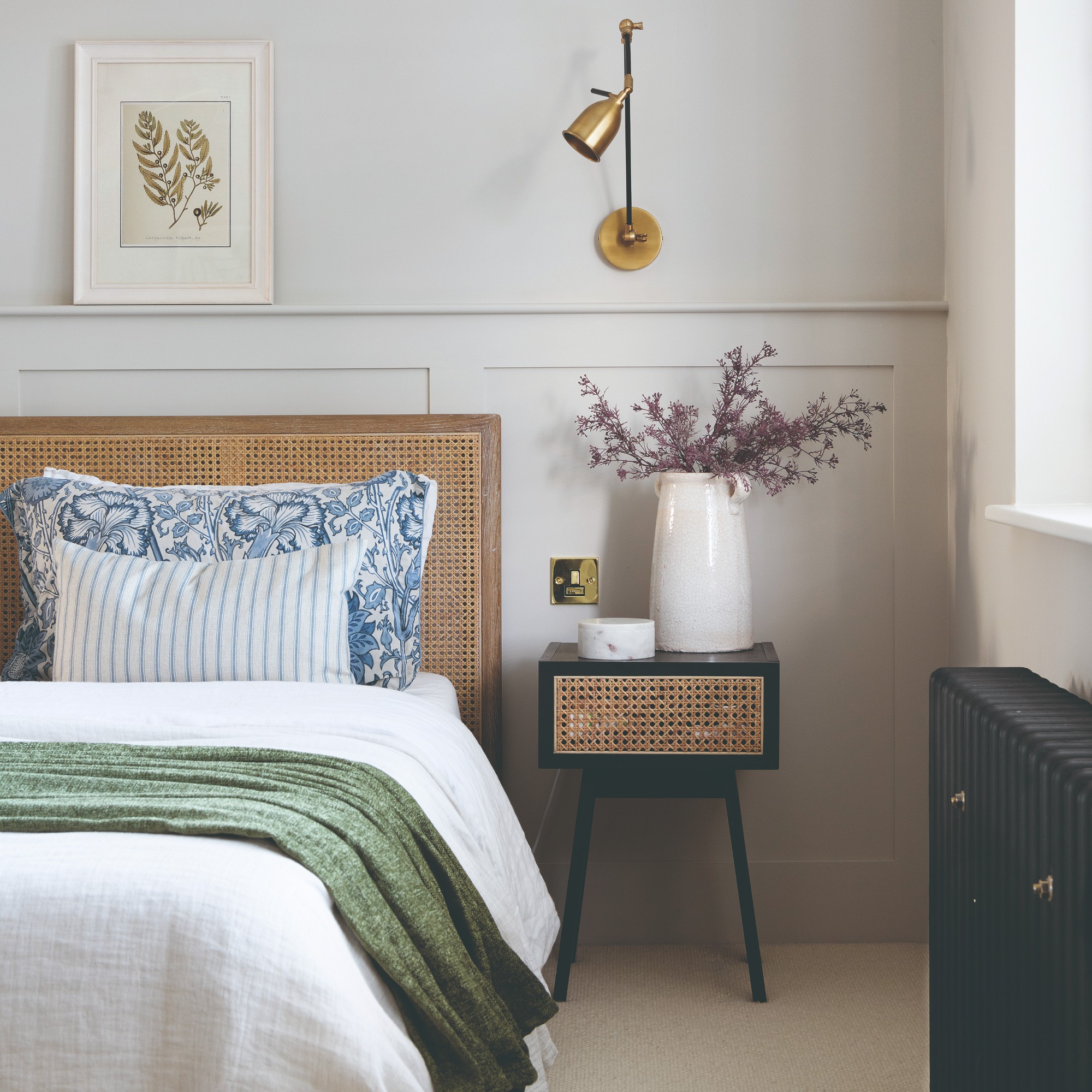
FAQs
Are divan or slatted beds better?
I think the question of whether a divan or slatted bed is better really comes down to personal preference, and all the experts I spoke to echoed this. Chris, from Woolroom, sums it up well: ‘If one is looking for maximum comfort and support, I would say a sprung divan with a firm edge is the best, but if one is looking for style over comfort then perhaps opt for a bedstead.’
Can a bed base ruin a mattress?
Yes, a bed base can ruin a mattress by not providing adequate support to the mattress. When it comes to how often you should replace your mattress, experts generally advise every seven to ten years, but if your bed frame doesn't offer adequate support this can cause your mattress to degrade and sag before its time.
‘A bed base can ruin a mattress if the slats are too far apart as there is not the appropriate level of support for the springs and fillings in a sprung mattress,’ says Chris from Woolroom.
Are slatted beds bad for your back?
No, slatted beds aren’t necessarily bad for your back. It’s just important to choose a supportive mattress that works for you, and a base that works well with the mattress.
If you are stuggling with aches and soreness at night our guide to choosing the best mattress for back pain can help.
Do I need a new bed base when buying a new mattress?
No, absolutely not. However, you should recognise you might not know if a divan base has worn out as all the inner workings are hidden.
‘It can be a false economy to change only the mattress and keep the original base, especially if you are buying a divan set, says Philippa. ‘The old base could reduce the useful life of the new mattress as well as the support and comfort it can offer.
Get the Ideal Home Newsletter
Sign up to our newsletter for style and decor inspiration, house makeovers, project advice and more.

Zoe is a freelance journalist and content strategist. Her career has traversed kids' publishing, women's lifestyle magazines, luxury property and content marketing. She's worked for the BBC, STYLIST, Marie Claire, heat, Wallpaper*, InStyle, The Sunday Times Style, Ocado, Christie's and more. She now regularly writes about interiors and sleep for a range of media – what she doesn't know about mattresses isn't worth knowing.
-
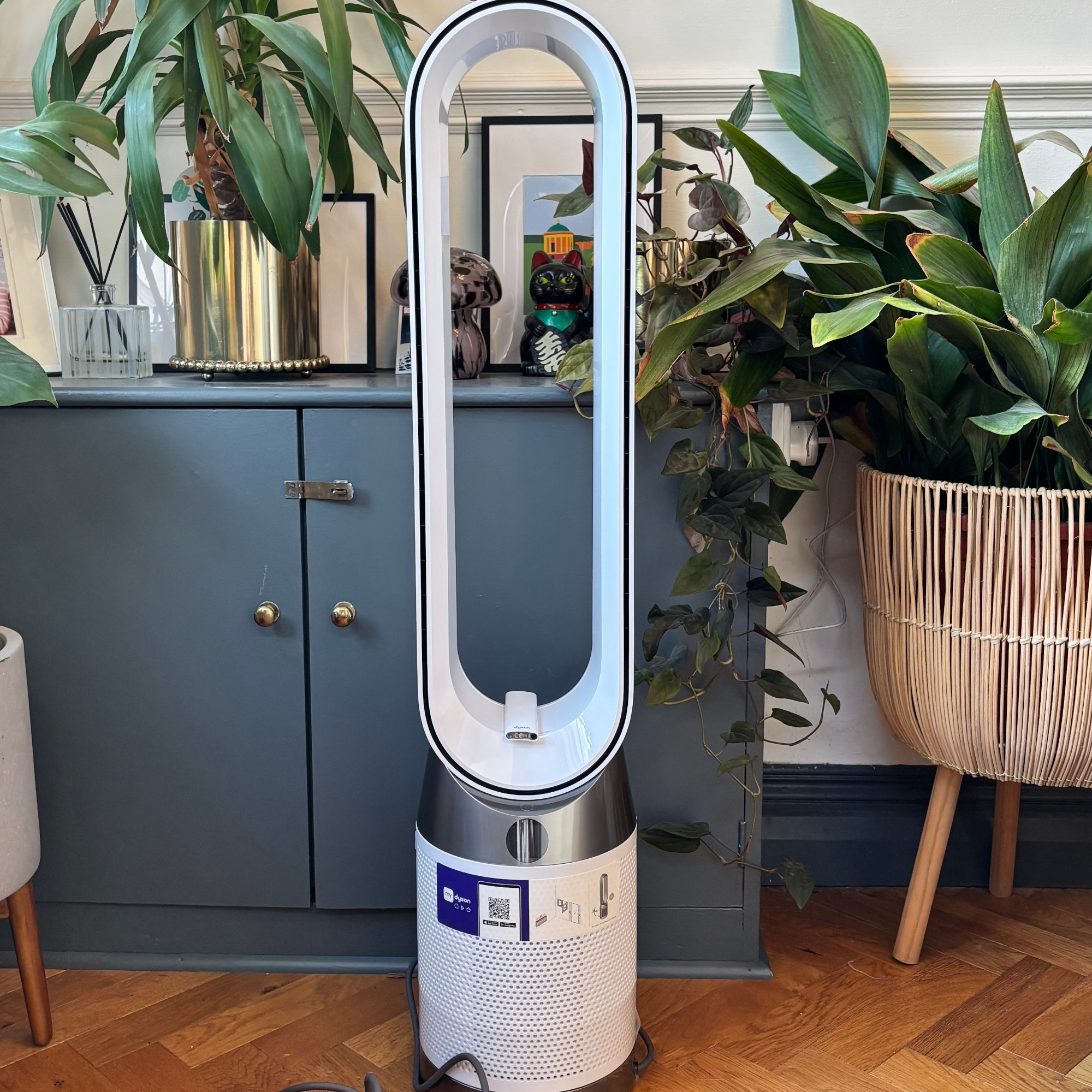 Can the Dyson Purifier Cool PC1 replace your fan and air purifier? I put it to the test in my home during the height of allergy season
Can the Dyson Purifier Cool PC1 replace your fan and air purifier? I put it to the test in my home during the height of allergy seasonDyson's Air Purifier fan ticks all the boxes for customisation, design and performance, and I think it's well worth the investment
-
 Lavender will bloom bigger and brighter if you add this £5 essential to your soil, say garden experts
Lavender will bloom bigger and brighter if you add this £5 essential to your soil, say garden expertsThis handy trick will reward you with beautiful, fragrant flowers this summer
-
 I predict this classic wallpaper trend will make a comeback in 2026 - it's a simple way to add personality to a small space
I predict this classic wallpaper trend will make a comeback in 2026 - it's a simple way to add personality to a small spaceGet playful with pattern and transform your washroom
-
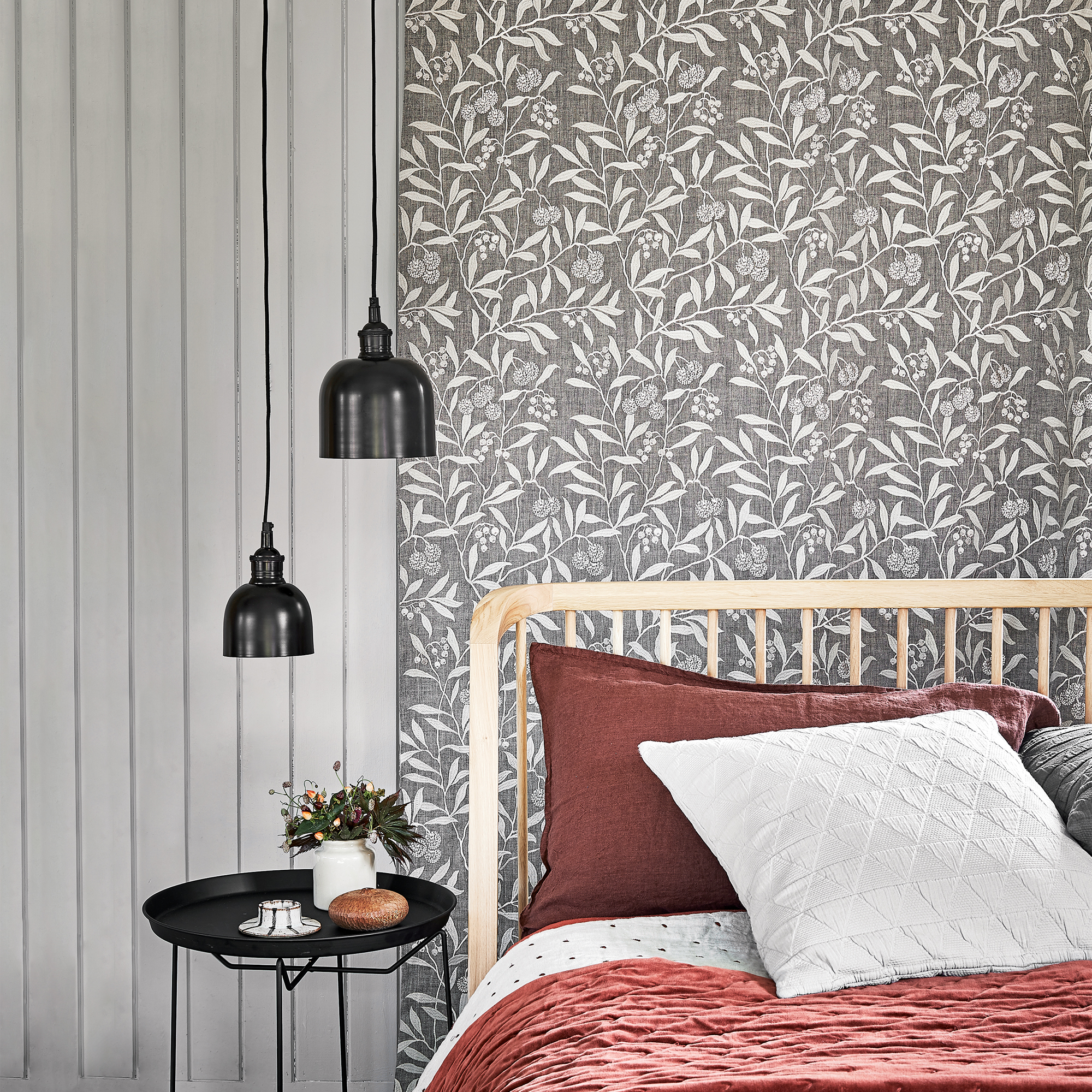 What is a bedstead? Sleep experts explain everything you need to know about bed frames and slatted bed bases
What is a bedstead? Sleep experts explain everything you need to know about bed frames and slatted bed basesThe pros and cons of the humble bed frame
-
 Argos is now selling an air bed for under £12 – if you're hosting guests this Easter Bank Holiday weekend, you'll want this sale on your radar
Argos is now selling an air bed for under £12 – if you're hosting guests this Easter Bank Holiday weekend, you'll want this sale on your radarThis 25% off sale is perfectly timed ahead of Easter weekend
-
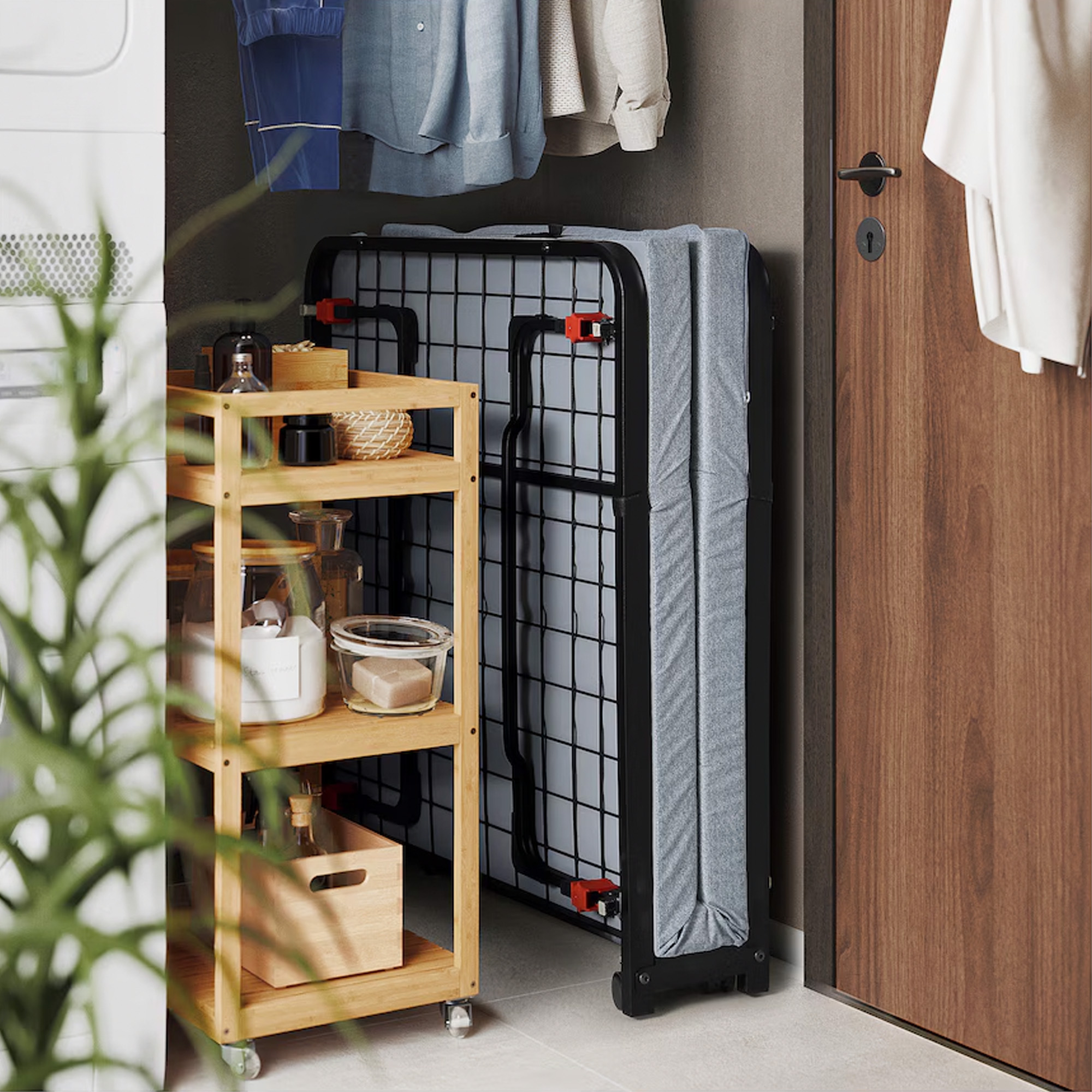 IKEA has just launched a genius guest bed that's perfect for small homes – it can be tucked into a wardrobe when it's not in use
IKEA has just launched a genius guest bed that's perfect for small homes – it can be tucked into a wardrobe when it's not in useThe NORRUNDDEN bed is a savvy solution for hosting guests if you're short on space
-
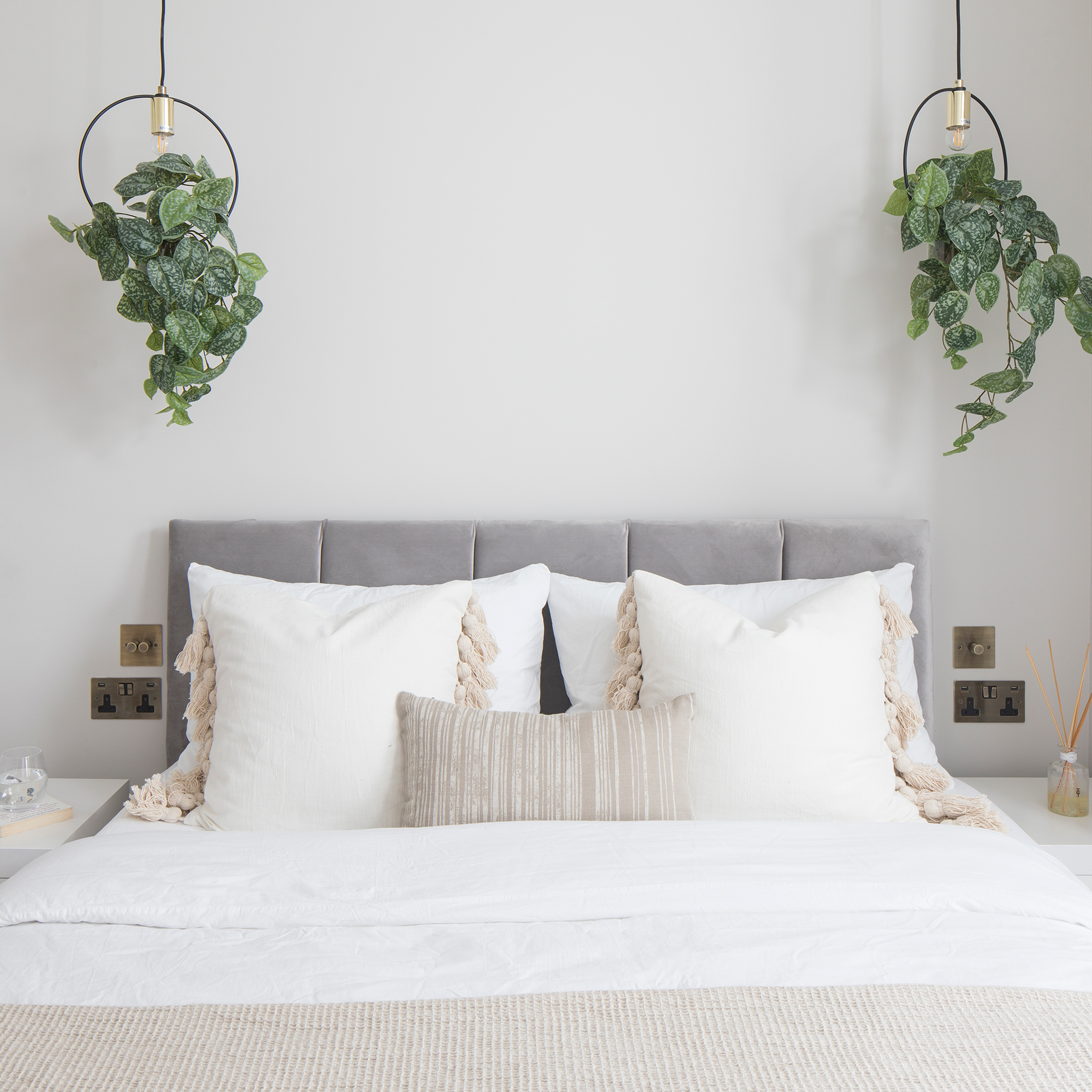 Are decorative cushions on a bed a must or a waste of time and money? Help us settle the debate
Are decorative cushions on a bed a must or a waste of time and money? Help us settle the debateLet us know your thoughts in the comments
-
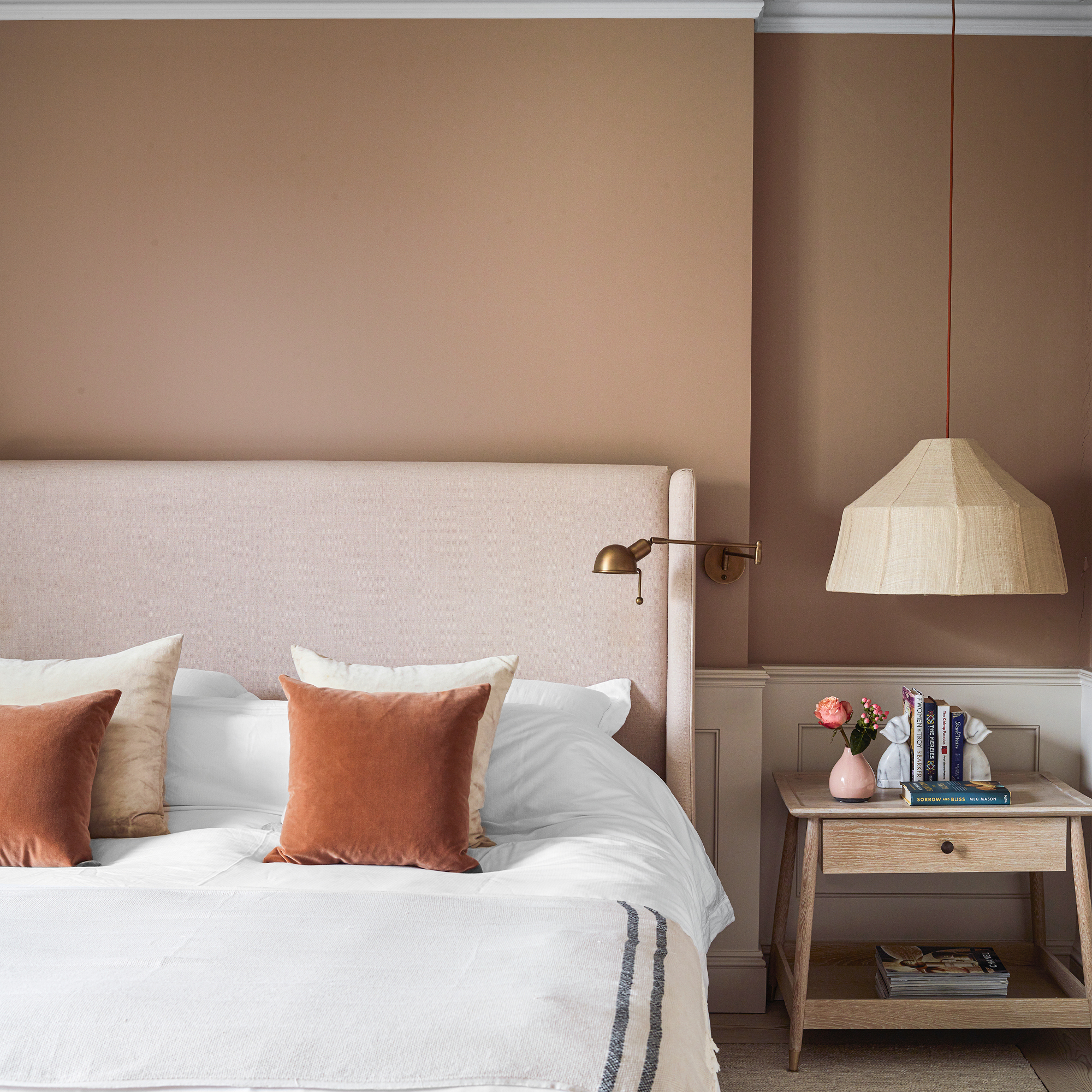 The one thing you should never store in an ottoman bed – experts warn this easy mistake could cause mould or mildew
The one thing you should never store in an ottoman bed – experts warn this easy mistake could cause mould or mildewAre you guilty of making this error?
-
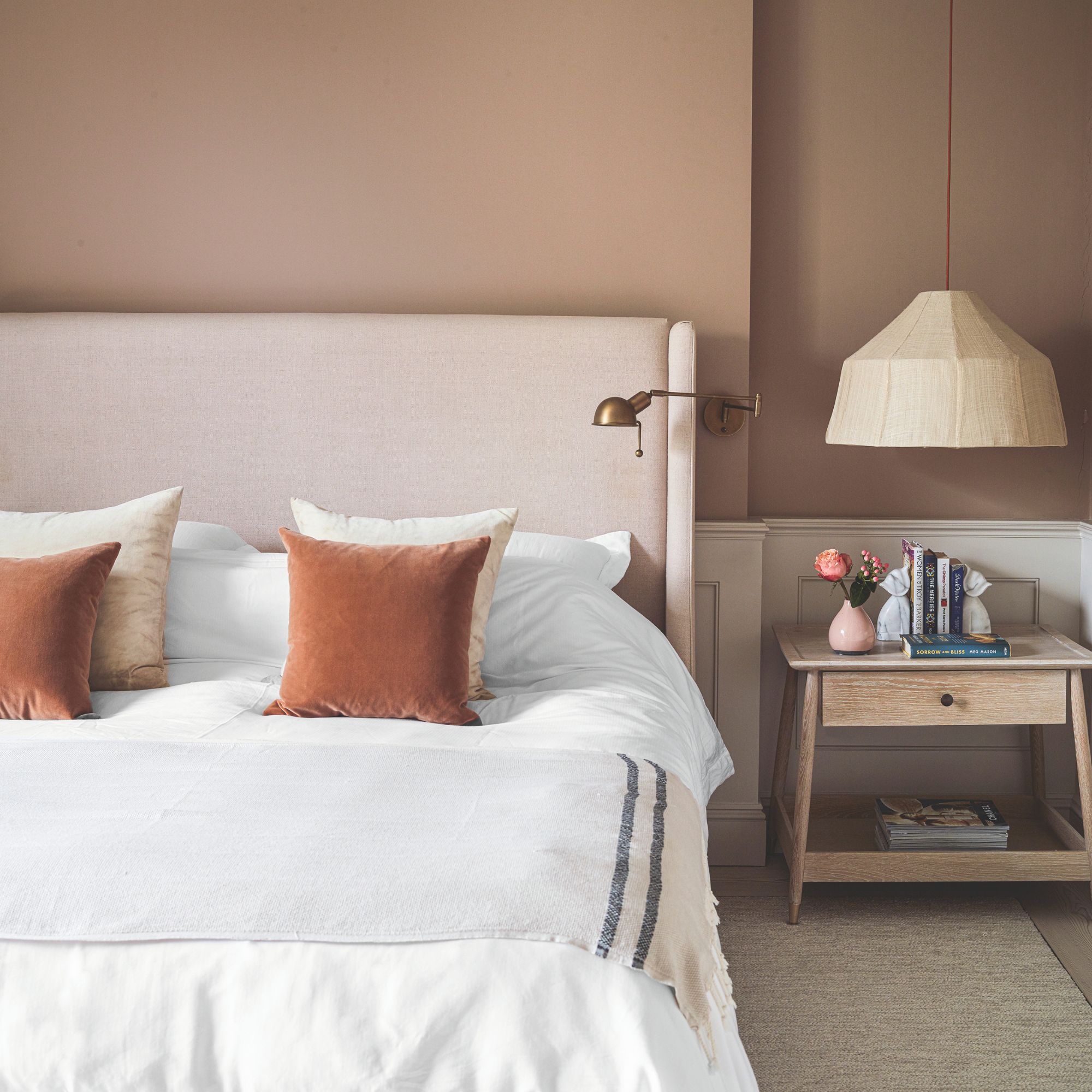 Experts share the tricks to telling if a bed is good quality when shopping for one that will see you through decades of sleep
Experts share the tricks to telling if a bed is good quality when shopping for one that will see you through decades of sleepA well-made bed is the difference between a great night's sleep and waking up with aches and pains
-
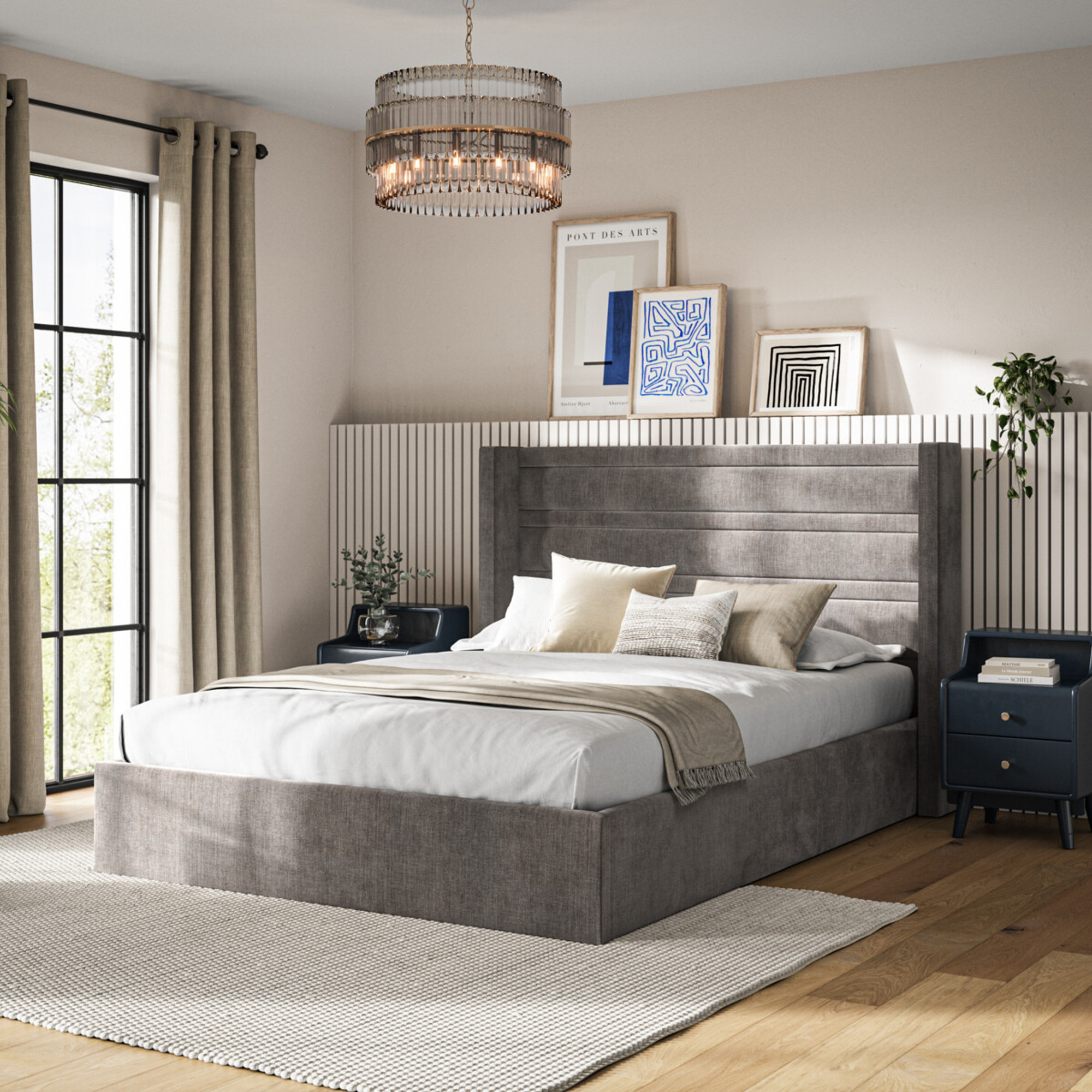 Sleep soundly every night – save an exclusive extra 6% off your dream Bensons for Beds purchase
Sleep soundly every night – save an exclusive extra 6% off your dream Bensons for Beds purchaseBrilliant savings on everything from mattresses to beds and furniture
-
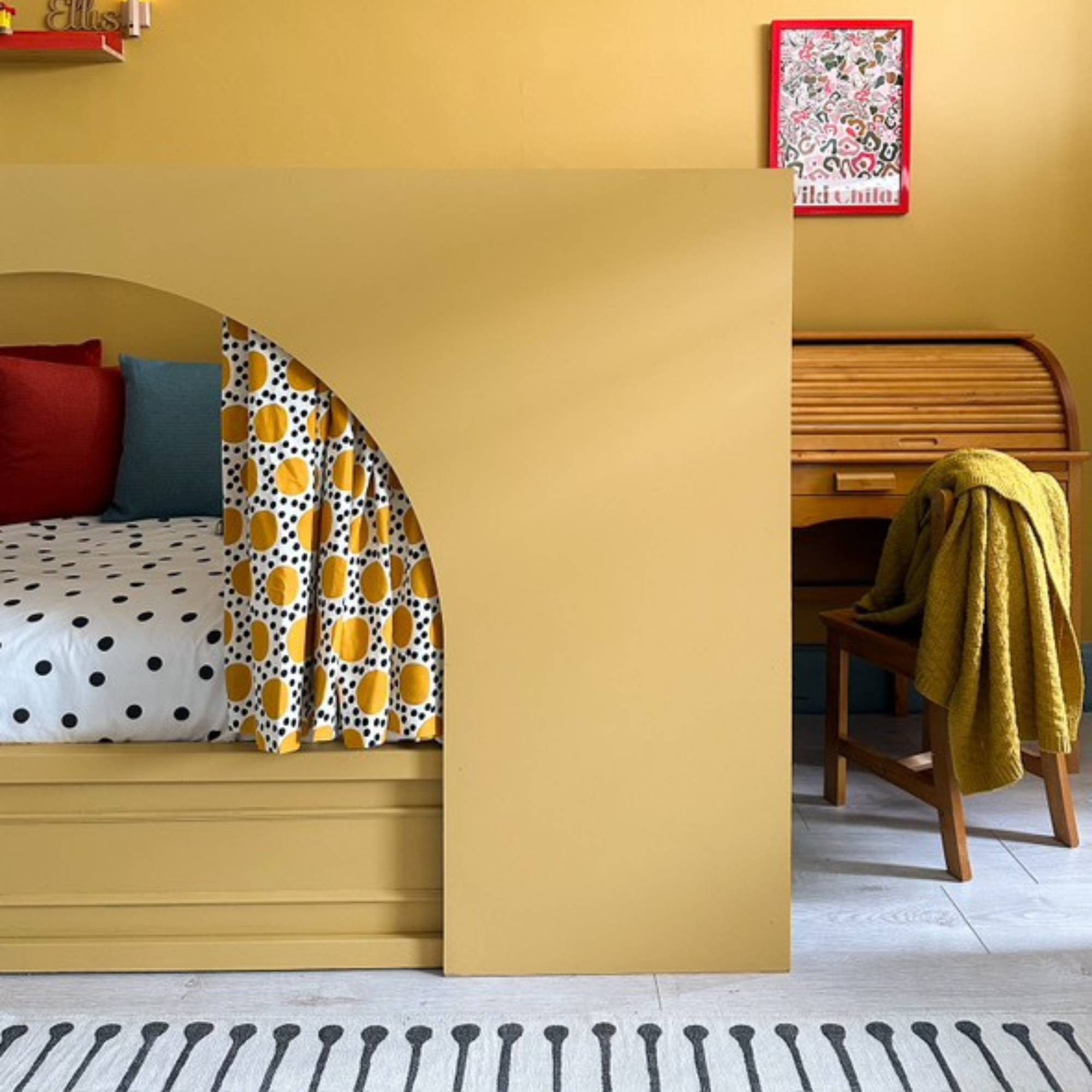 This IKEA hack turns the iconic KURA bed into the childhood den we all wanted - all you need is a sheet of MDF
This IKEA hack turns the iconic KURA bed into the childhood den we all wanted - all you need is a sheet of MDFThe easy hack is perfect for the little ones in your life